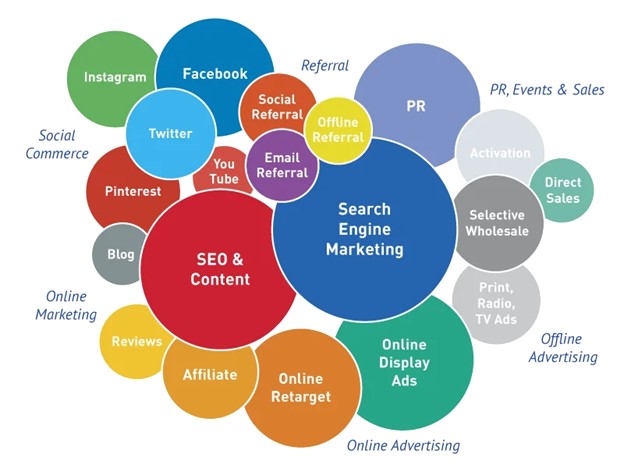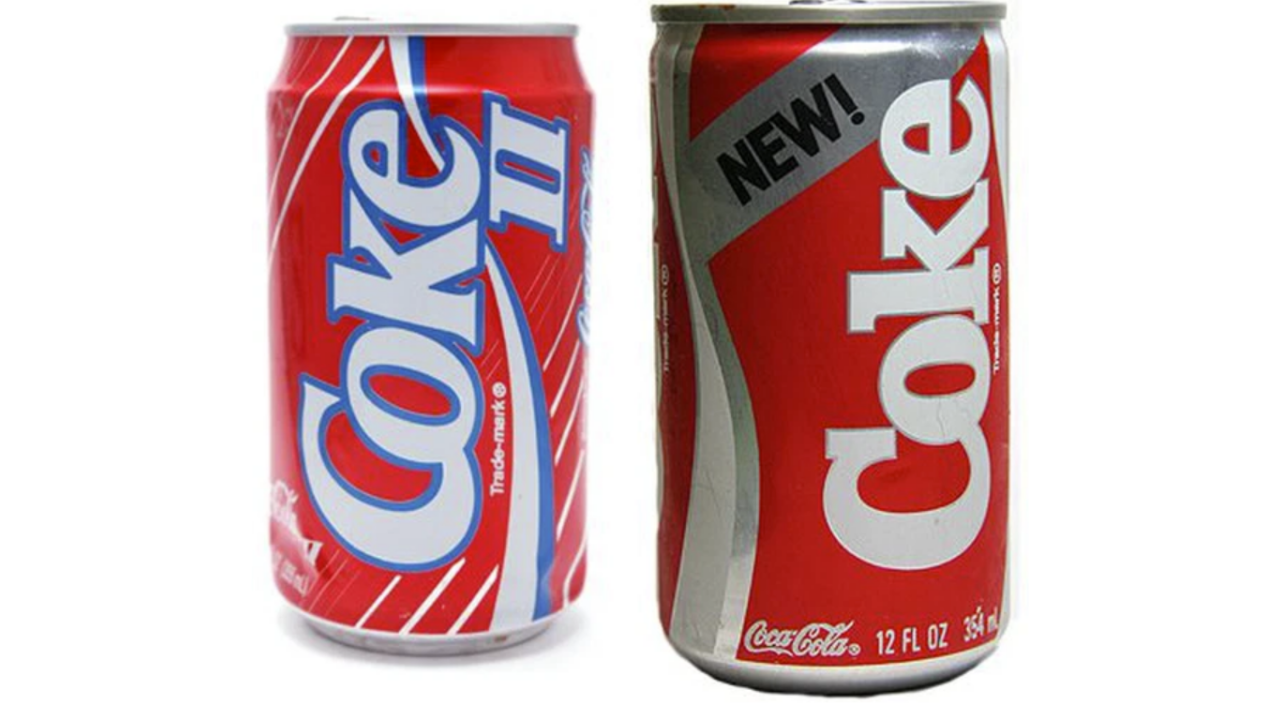A well-crafted content calendar is key to a successful online presence. Whether you’re a small business or an individual blogger, if you can’t be counted on to produce fresh, engaging content on a regular basis, you’ll quickly lose ground to your competitors.
Content calendars keep you organized and on track, ensuring that your audience always has something new and exciting to look forward to.
What Is A Content Calendar?
According to Forbes, companies that publish 16 blog posts per month receive 3.5 times more traffic than those publishing four or less. So, if you want to win, you must make content your main priority – no matter what type of business you run or who your target audience is.
A content calendar is a document that helps businesses plan and organize the creation of their online content. It can include information about topics, themes, keywords, and other factors that apply to your content strategy.
There are many types of content calendars, depending on your specific needs and business goals. Some common examples include editorial calendars for bloggers or social media managers, marketing calendars for marketers or PR professionals, and video production calendars for video creators.
Regardless of the type of content calendar you use, the key is maintaining consistency in your publishing schedule. Doing this will help you build trust with your audience and establish yourself as a reliable source of valuable information.
Tips For Creating A Consistent Content Calendar
When it comes to content planning, ideas aren’t all you need. They are important, of course – but equally important are your goals, strategies, and resource allocation plans.

Identify Your Goals
Before you start creating your content calendar, it’s crucial to define your specific goals. Are you trying to increase brand awareness? Drive traffic to your website? Grow your email list? Boost sales at your brick-and-mortar store?
Once you know the outcome you’d like to achieve with your online content, it will be much easier for you to create a strategic plan that aligns with those goals. For example, if one of the goals is to boost engagement on social media, you may decide to add more visual content like videos or infographics.
KPIs or Key Performance Indicators (like traffic, page views, or conversion rates) can also help you track and analyze your performance over time. These metrics will allow you to adjust your content calendar if needed.
Choose A Content Creation Platform
You can use various tools like WordPress, Google Docs, or Canva to create online content. The best platform for you will depend on the type of content you’re focusing on, whether it’s text-based like blog posts or images and videos like those shared on social media platforms.
Choose a tool that’s convenient for both you and your team members so that everyone can access and edit the document easily whenever necessary. Also, make sure that you are using a secure and reliable platform to avoid data loss or corruption.
Decide On Your Strategy
Next, you’ll want to decide what your strategy for distributing content is. What will your primary content be? How will you recycle or reuse the content you create in order to optimize resources?
For instance, if you create a great blog post on your website, you can share key elements of that post on social media to help drive traffic.
Alternatively, if your business has developed an infographic well-received among your audience, you could turn that into slides for a presentation or include it in an email campaign to prospective customers.
Whenever possible, try to find ways to reuse and recycle the content you create so that each piece gets the most mileage out of it. Doing this will increase the ROI of your efforts and allow you to reach more people with your message.
It’s better to follow the 80/20 rule when creating content. 80% evergreen, 20% timely and relevant. And, while recycled content doesn’t need to be made from scratch, it should still be assigned a timeline for completion.

Assess Your Resources
Before you begin planning your content creation, you must first examine your current resources. Then, based on that and your content marketing goals, you can estimate how much material you want (and can) generate and schedule accordingly.
Assessing your resources includes understanding:
- How much time you have to spend on content creation
- Which internal team members (if any) you can assign to tasks
- Whether you need to outsource any content creation tasks
- Your budget for content marketing and the financial investment it entails
Don’t try to bite off more than you can chew by scheduling too much content or taking on projects beyond your capabilities. Doing so will only lead to frustration and a drop in the quality of your output. Instead, focus on creating high-quality content that resonates well with your audience so that you can achieve your desired results.
What To Use
Here are some of the tools you can use to create a content marketing calendar:
- Master Plan. This is the easiest way to get started if you have a whiteboard that you can dedicate to this task. Simply write down your content ideas, as well as any details about each project such as its title, potential main points, and type of media you’ll use (blog post, video, infographic, etc.). You can work weekly or monthly.
- Spreadsheets. Another simple option is to create a spreadsheet that includes all the necessary information for each piece of content you want to create. This enables you to easily track deadlines, planned launch dates, and more so that nothing slips through the cracks.
- Content Calendar Software. Many available tools are designed specifically for creating content calendars, such as CoSchedule, Trello, Curata, and Planable. These tools can help you streamline your content creation process from start to finish.
- Google Calendar or Another Calendar Platform. Alternatively, you could use a more general calendar tool like Google Calendar to track your content ideas and schedule them for publication.
However, if you take this route, make sure that all the details associated with each post are included in the event title to avoid losing track of important information when planning future projects.
What To Include In Your Content Calendar
Content calendars can be created in several ways, but there are some key things to include, no matter what format you choose. The first is a list of topics or ideas you plan to write about. This can be based on current blog posts, planned promotions, or even just topics that you think would interest your audience.
Next, you’ll want to include a schedule for when you will publish those topics. This schedule can be based on specific dates, or you can plan out your content marketing strategy monthly or quarterly. If you have any guest bloggers lined up, make sure to include their posts as well.
Finally, you’ll want to include any other marketing activities that you have planned. These could be anything from social media posts to email newsletters. Again, it’s a good idea to plan these out in advance so that you have a cohesive marketing strategy and aren’t trying to come up with ideas last minute.
Final Words
No matter which option above works best for you, it’s essential to get started on creating your content calendar right away. The sooner you begin building a plan of action, the smoother your content marketing efforts will run overtime. Consistency is the deciding factor in achieving success with your content marketing strategy.









